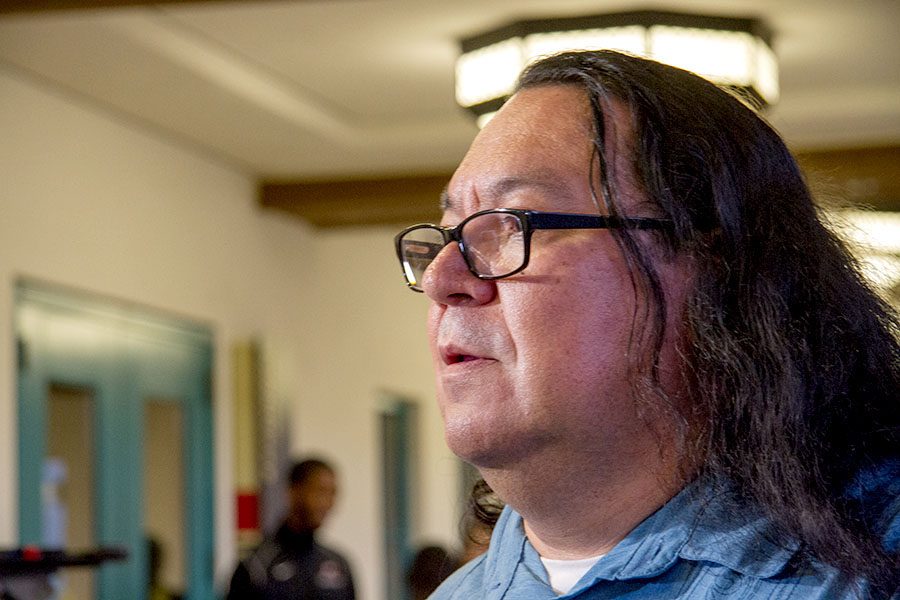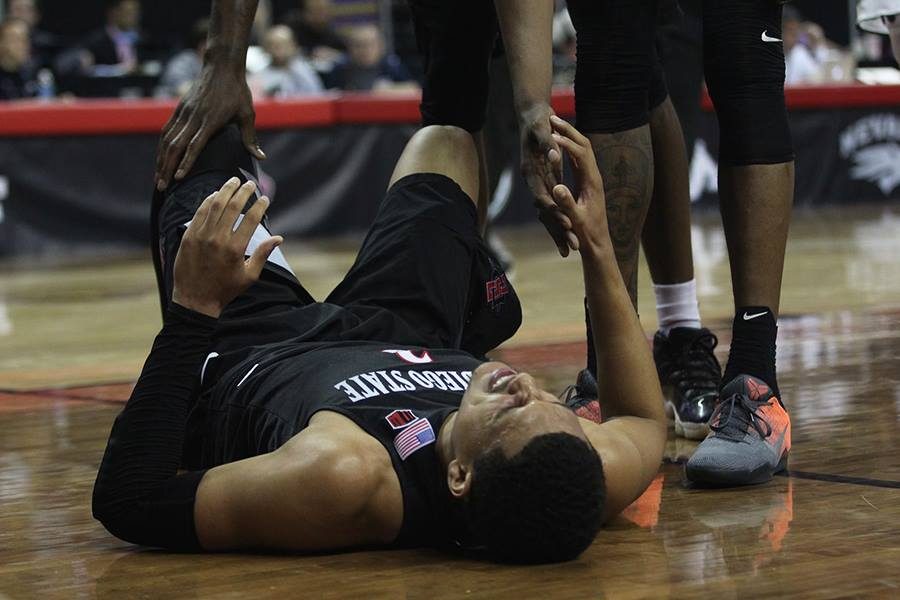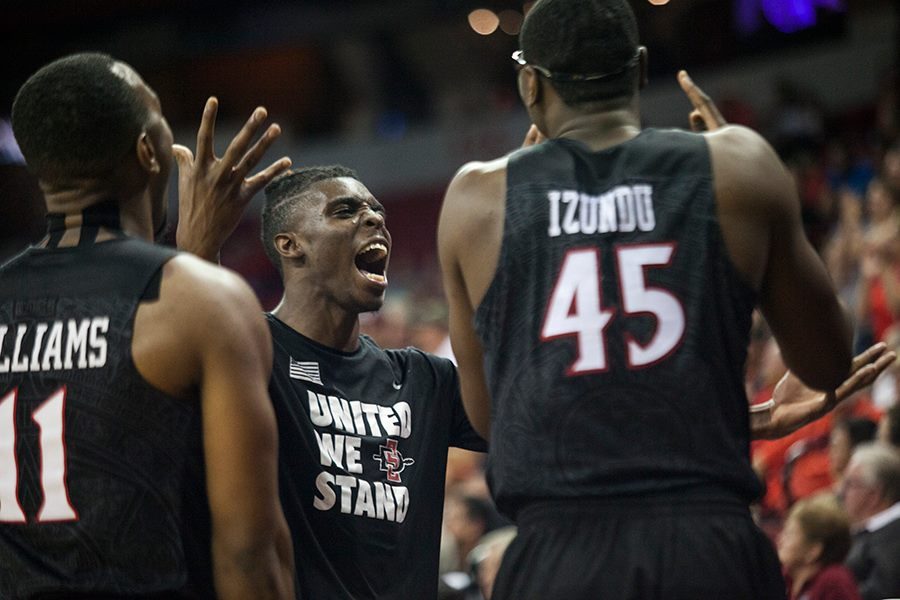As a part of the Aztec Nights series, San Diego State hosted a drag show on Aug. 27. After last year’s successful drag show in the Conrad Prebys Aztec Student Union Theater, which was filled to capacity, this year the event took place in the larger Montezuma Hall in order to accommodate growing student interest in the event.
Flamboyant outfits, glittering makeup, exciting dance routines and upbeat pop music make it easy to understand the heightened interest in this type of show.
Despite these enrapturing elements, there are misconceptions surrounding the drag community and the transgender community that must be addressed so that students can appropriately engage in conversation about the two. Damaging assumptions have the ability to erase an individual’s identity and make it harder for the transgender and drag communities to exist separately in the public eye.
“I believe that people do confuse (drag with being transgender) because there’s a man dressed up as a woman, and that’s what people think trans is,” drag performer and student Emmanuel Istomin said.
Transgender people are not just people who dress in drag. The two communities are separate. According to the Gay and Lesbian Alliance Against Defamation, the most common definition for the word transgender is “an umbrella term for people whose gender identity and/or gender expression differs from what is typically associated with the sex they were assigned at birth.” A drag queen or king is a performer who entertains through overstated and extravagant femininity or masculinity.
“The drag community had a long history — and it coincides with the trans community’s history,” student drag performer Lucy Alexis said. “Especially during and before the Stonewall riots, a lot of trans people were doing drag.”
An individual who performs in drag can identify as transgender, but it is important to know that not all drag performers are transgender. Nobody should assume that just because someone is a drag performer, they are transgender.
“When I got introduced to drag, it became an outlet for me to be a performer, but it also became an outlet to be me — an extravagant me,” Alexis said.
Drag queens are referred with she/her/hers pronouns and drag kings are referred with he/him/his pronouns. When they are not performing, it is critical to ask the individual what pronouns they would like other people to use for them. Pronouns hold as much importance as names do.
Not all drag queens and drag kings are gay. There are heterosexual people that participate in drag shows, and though they are a minority in the drag community, it is still important to recognize the distinction.
Being a drag performer is a performance art. It is not easy to perform in front of an audience of hundreds, nor is it easy to dedicate time and money in order to perfect an act and achieve the performer’s desired stage presence.
“To me, drag is a way of expression, it’s another way to get up, make art and have fun,” Isomin said.
Drag is an art form, therefore it deserves to have the same respect that other art forms are given. SDSU students can provide respect for drag and its performers by not falling for these misconceptions and supporting fellow students who participate in the shows.









